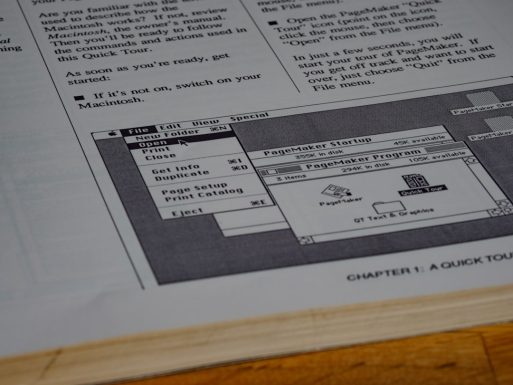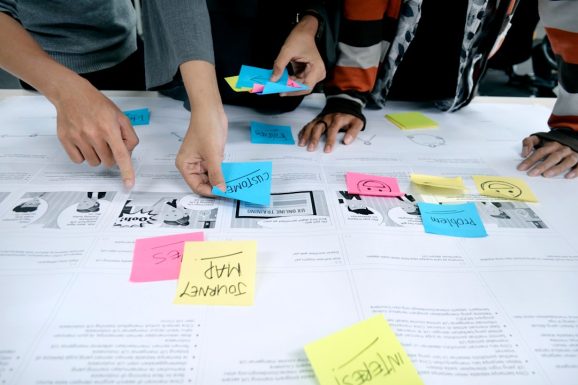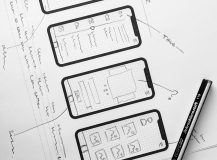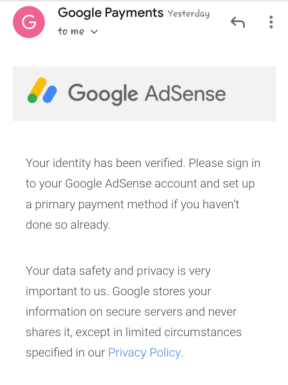Figma has revolutionized the design world with its real-time collaboration, browser-based interface, and integration capabilities. With the introduction of the Figma AI Beta, designers now have access to a suite of intelligent functionalities that promise to streamline workflows, enhance creativity, and improve productivity. However, as with any cutting-edge tool, successful integration into existing processes relies on best practices and a deep understanding of both the capabilities and limitations of the technology.
Understanding Figma AI Beta
All Heading
The Figma AI Beta offers designers features such as automatic component suggestions, design pattern recognition, text and layout generation, and intuitive prototyping. These smart tools can eliminate repetitive tasks, provide data-driven design suggestions, and enable faster iteration cycles. While the technology is still in beta and evolving, it shows impactful promise for teams seeking to push creative boundaries more efficiently.
Best Practices for Integrating Figma AI Beta into Your Workflow
1. Start with Education and Team Alignment
Proper integration begins with ensuring that all team members understand what Figma AI can do. Host internal webinars, hands-on workshops, or one-on-one sessions to introduce the AI features and encourage experimentation. Clearly outline expectations, use cases, and responsible AI usage.
- Train team members regularly on updates and new capabilities.
- Have a centralized resource hub or shared documentation for AI-related tips and templates.
2. Define Clear Use Cases
To avoid feature misuse or overdependence, it’s critical to define how and when to use Figma’s AI. For example, use AI to draft copy, automate layout creation, or analyze UI consistency, while leaving core branding and conceptual design to human creativity.
Common use cases include:
- Auto-generating UI components for wireframes.
- Summarizing user feedback for iterative improvements.
- Optimizing responsive layouts across breakpoints.
3. Maintain Human Oversight
AI is a supporting tool, not a replacement for creative thinking. Always ensure a human designer reviews and refines AI-generated outputs—especially when it comes to accessibility, cultural nuance, and brand guidelines.
4. Develop a Feedback Loop
Because the AI is in beta, regularly document pain points, bugs, and unexpected behaviors. Provide feedback to Figma through their designated channels. This not only helps improve the tool itself but also fosters a proactive mindset among team members.
5. Customize AI Suggestions Through Design Tokens and Style Libraries
AI performs better when it’s fed quality inputs. Ensure your team has well-structured design systems, including tokens for spacing, color, and typography. Linking these into your AI interactions can result in more consistent and brand-aligned outputs.

6. Leverage Version Control
Use Figma’s version history to keep track of AI-generated changes. If an AI-generated design doesn’t meet expectations, reverting to a previous version is crucial for maintaining workflow continuity and design integrity.
7. Encourage Experimentation in a Sandbox Environment
Let designers test AI capabilities in a low-risk space. This can be a duplicated file, a draft project folder, or a sandbox workspace specifically dedicated to AI learning. It fosters creativity and minimizes resistance to AI adoption.
8. Collaborate with Cross-Functional Teams
Figma AI isn’t just for designers. Involve product managers, developers, and content strategists in the integration process. For instance, content teams can use AI to create preliminary UX copy, while developers may be interested in AI-generated code snippets.

9. Set Boundaries Around AI Ethics and Trust
Transparency is vital when using AI in design. Make it a policy to disclose when AI was used in creating assets, especially on client projects. Be mindful of bias, especially in automated image or text generation. Consider implementing AI usage guidelines and ethics documents as part of your design system documentation.
10. Measure Success and Iterate
Define KPIs such as time saved, error reductions, or improved feedback cycles to gauge the effectiveness of AI in your process. Run retrospectives and surveys to evaluate how comfortable team members feel with AI-enabled workflows. Use these insights to refine your strategy and ensure sustainable implementation.
Real-World Scenario: Figma AI in a Product Design Sprint
During a two-week sprint, a design team used Figma AI Beta to facilitate wireframing and UX writing. The AI generated initial layouts and placeholder copy, freeing up designers to focus on user flow and interactions. When user data came in post-testing, the AI assisted in summarizing qualitative data into insights, which were then used to iterate the designs quickly.
This allowed the team to save nearly 30% of their usual design time, while gaining new perspectives on layout optimization and language tone.
Preparing for the Future of AI in Figma
As AI features progress beyond the beta phase, it’s expected that Figma will integrate even more advanced capabilities such as predictive UX design, behavioral analysis, and greater cross-platform automation. Early adopters who build scalable AI-friendly workflows today will benefit the most from these advancements.
In conclusion, integrating Figma AI Beta into your design workflow requires a deliberate balance of structure, experimentation, and adaptation. By following best practices, teams can unlock speed and innovation without compromising creativity or quality.
Frequently Asked Questions
- Q: Is Figma AI Beta free to use?
A: Currently, Figma AI Beta is being gradually rolled out to users and is available at no additional cost to those participating in the beta program. - Q: Can Figma AI design logos or branding assets?
A: While it can assist in generating layout ideas or placeholder graphics, branding work should be handled manually to ensure originality and alignment with strategy. - Q: How reliable are AI-generated text and layouts?
A: AI-generated content should be reviewed and refined by a designer. Reliability increases when used for repetitive patterns or data-driven tasks. - Q: Will using AI replace team members’ roles?
A: No. Instead, AI acts as an assistant, handling repetitive and time-consuming tasks to allow designers to focus on creativity and high-level problem solving. - Q: How frequently is Figma AI updated?
A: As a beta feature, it is actively being developed. Users can expect frequent updates and are encouraged to provide feedback to influence future improvements. - Q: Can I turn off Figma AI if I don’t want to use it?
A: Yes, you can choose not to engage with the AI tools. Most AI features are opt-in, so users retain complete control over how and when they’re used.
By embracing smart workflows, designers can work faster, focus deeper, and build more imaginative user experiences—one algorithm-assisted frame at a time.













Recent Comments